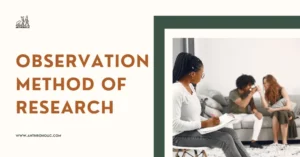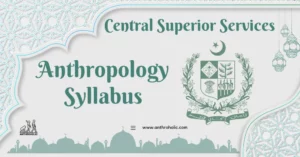AI Answer Evaluation Platform Live Now. Try Free Answer Evaluation Now
Phratry
A phratry is a social group, often kinship-based, in traditional societies. It consists of several clans or tribes that share common ancestry or mythology. Phratry systems have played critical roles in managing relations between clans, including conflict resolution, marriage arrangements, and other societal activities. Tracing back its origins, the phratry system dates to some of the earliest human societies, where communal living and kinship ties were pivotal for survival and social order. Among the cultures known for phratry systems include those of Indigenous Peoples of Australia, North America, and Greece.

For instance, in ancient Greece, a phratry, known as ‘phratria’ in Greek, was a broad kinship group that included numerous smaller clans, or ‘gene’. These phratries played crucial roles in religious ceremonies, military affairs, and societal functions. In contrast, the indigenous Iroquois society of North America presents another intriguing phratry model. The Iroquois Confederacy divided itself into two phratries, each having distinct clans: the elder brother (Mohawk and Seneca clans) and the younger brother (Oneida, Cayuga, and Onondaga clans). This arrangement streamlined decision-making and dispute resolution.
The phratry system significantly influenced social norms and conventions in traditional societies. In many cultures, phratries imposed marriage rules, such as exogamy, which forbade members of one phratry from marrying within the same group. This practice strengthened alliances and encouraged cultural intermingling between different clans. While the traditional concept of phratry is less prevalent in modern societies with the emergence of nation-states, it still resonates in societies with strong indigenous cultural influences. Today, we can see remnants of the phratry system in the tribal confederations among the Indigenous Peoples of North America and Australia.
Conclusion
In conclusion, the phratry system provides fascinating insights into the socio-cultural mechanisms of ancient and indigenous societies, underpinning the importance of shared heritage and kinship in fostering social cooperation and harmony. Studying such historical social structures not only deepens our understanding of our ancestors but also helps us appreciate the diversity and complexity of human social organization.



